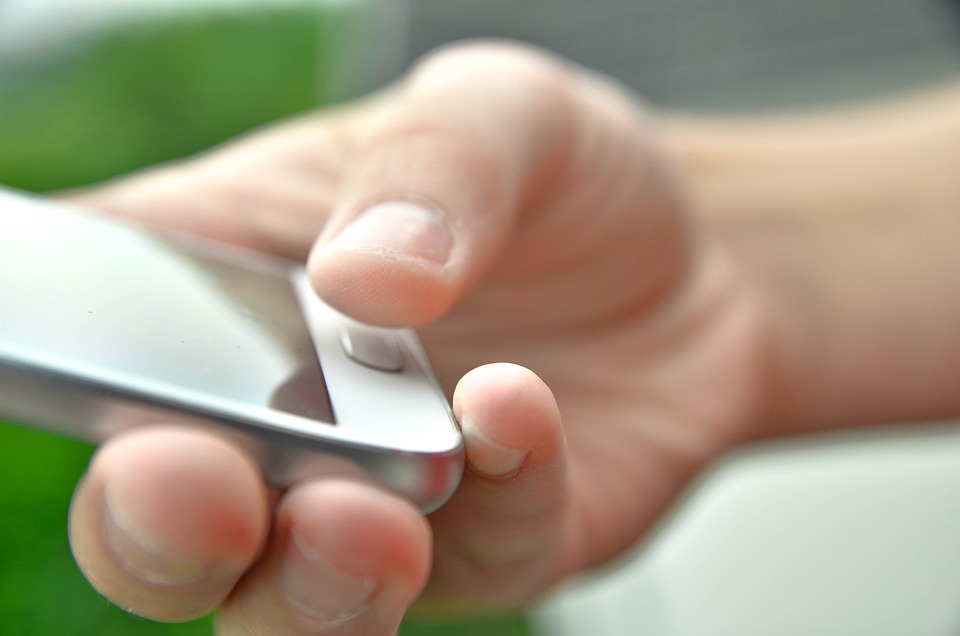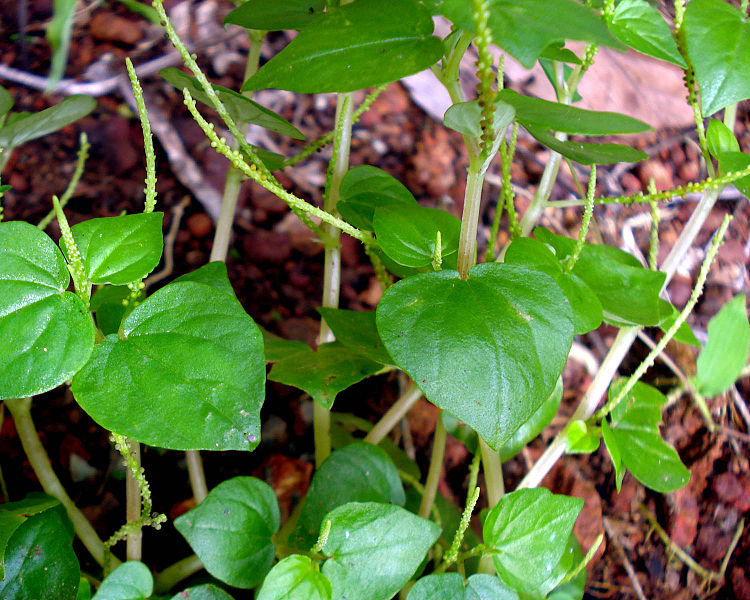Recently visited the home of one of our patients – an old lady – 89 years old – undergoing dialysis. She is the widow of an Indian Soldier who retired in 1977.
Tried doing the Jeevan Praman – a biometric enabled digital service for Indian pensioners by capturing her fingerprint. I tried all her ten fingers three times. It always gave an error –Biometric Data did not match!
The lady had her fingerprints registered on the Aadhar system 15 years ago – with age her fingerprints did not change – it does not change for any humans.
It becomes difficult to capture our fingerprints as we age. This is because the skin loses elasticity with age, and the patterns become less prominent due to the thickening of ridges and Valleys (furrows.) The pores of our skin also become less lubricated, which affects the surface of our fingertips.
A permanent scar could alter someone’s fingerprint. There are also specific jobs that can impact fingerprints – construction workers, especially bricklayers and people who wash dishes by hand and people who work with chemicals such as calcium oxide. This is temporary, and once they stop these activities, the ridges grow back.
Certain skin diseases can temporarily alter fingerprints. Damaged skin – due to burns or corrosion due to chemical interaction – can reproduce cells to form fingerprints exactly as they were before they were damaged unless the cut penetrates the dermis – the inner layer of the two main layers of our skin.
A suggested method to fingerprint for the senior citizens is by Milking the Finger – to raise the fingerprint ridges prior to printing. This technique involves applying pressure or rubbing the fingers in a downward motion from palm to fingertip. Applying some natural oils may help your finger’s ridges be more visible. For better results, choose a ring finger or middle finger of the non-dominant hand.
A study published in the July 14, 2015, edition of Proceedings of the National Academy of Sciences found fingerprint identification becomes less reliable as the time interval between two sets of prints being taken increases, which suggests that the ridges on a person’s fingertips may change slightly over the course of a person’s life. That is why one must update one’s biometrics.
Some criminals intentionally alter their fingerprints, sometimes on their own and occasionally with the help of medical professionals. These alterations distort their usual fingerprint pattern and make it difficult to identify those fingerprints. The mutilation include cutting lines into the skin, vertically or in a zig-zag pattern, in an attempt to both remove portions of the fingerprint and cause the skin to heal in a fashion which overlaps the old print and alters it significantly. They have also been known to burn their fingerprints using both heat and chemical sources. The intention here is to scar or entirely destroy the fingerprint and prevent identification.
A question came up – Can a dead person’s fingerprint be used for biometrics?
A recently dead one, whose body is well preserved — it may work. One may have to forcibly straighten the fingers stiffened from rigor mortise. It becomes a lot more difficult with a corpse that has undergone some degree of decomposition or desiccation or has soaked in water so that the skin has softened.
Medical examiners can surgically remove a dead person’s hands or fingers and send them to a lab where more advanced techniques can be employed. For skin that’s badly deteriorated, it may be possible to use silicone putty to make a casting that captures the detail of the fingerprint ridges. Those impressions can then be photographed and used in identification.
In a study published Nov. 5, 2013, in GMS Interdisciplinary Plastic and Reconstructive Surgery DGPW, researchers looked at the effectiveness of a technique called thanatopractical processing, in which fluid is extracted from other parts of a body’s remains and used to restore tenseness and volume to the fingers to fatten them for printing.
How long do fingerprints remain usable? There isn’t a lot of research on that subject. A study published in December 22, 2016, in IEEE Xplore and described in a 2017 USA Today article, usable biometric data has been obtained from corpses dead for up to four days in warm weather and as long as two months in winter.
Anil Jain, a professor of computer science at Michigan State University and expert on biometric technology says that a rotting body changes shape, including the digits, which distorts the fingerprints. How fast the body rots depend on where it was found or stored. As per Jain, body parts under water and in very hot climate will decompose much faster. He claims that a fingerprint can be reconstructed by making a conductive copy of the deceased’s finger.
In his lab, researchers have accomplished this by first making an impression of a finger using the same material dentists used to make molds of teeth. Next, they put conductive silicone or gelatin inside the mold to make a cast. Once the fake finger is extracted from the mold, it was used to spoof a conductive fingerprint scanner. Jain said the lab has unlocked multiple devices using this technology.
Can you unlock a smart with a spoofed fingerprint?
According to Apple’s website, Touch ID won’t work by itself after it has gone unused for 48 hours. At that point, a pass-code or password must be entered for additional validation to unlock a phone. The Samsung website says that if your phone has not been used for more than 24 hours, you will need to use your PIN, password, or pattern instead of your fingerprint.
Amazon series Bosch – Season 4 – shows the Los Angeles Police Department detective going to the morgue and pressing a corpse’s thumb to the screen of a mobile phone, to unlock it and see if there are any clues in the murder victim’s data. It did work in the in the reel life, but in real life, it does not. Once a tissue is dead, it loses all its electrical charge and will fail to activate a phone’s fingerprint sensor, making it impossible to unlock.
Your footprints – you leave them on the sands of time. Your fingerprints – you leave them with your Pension Sanctioning Authority.






